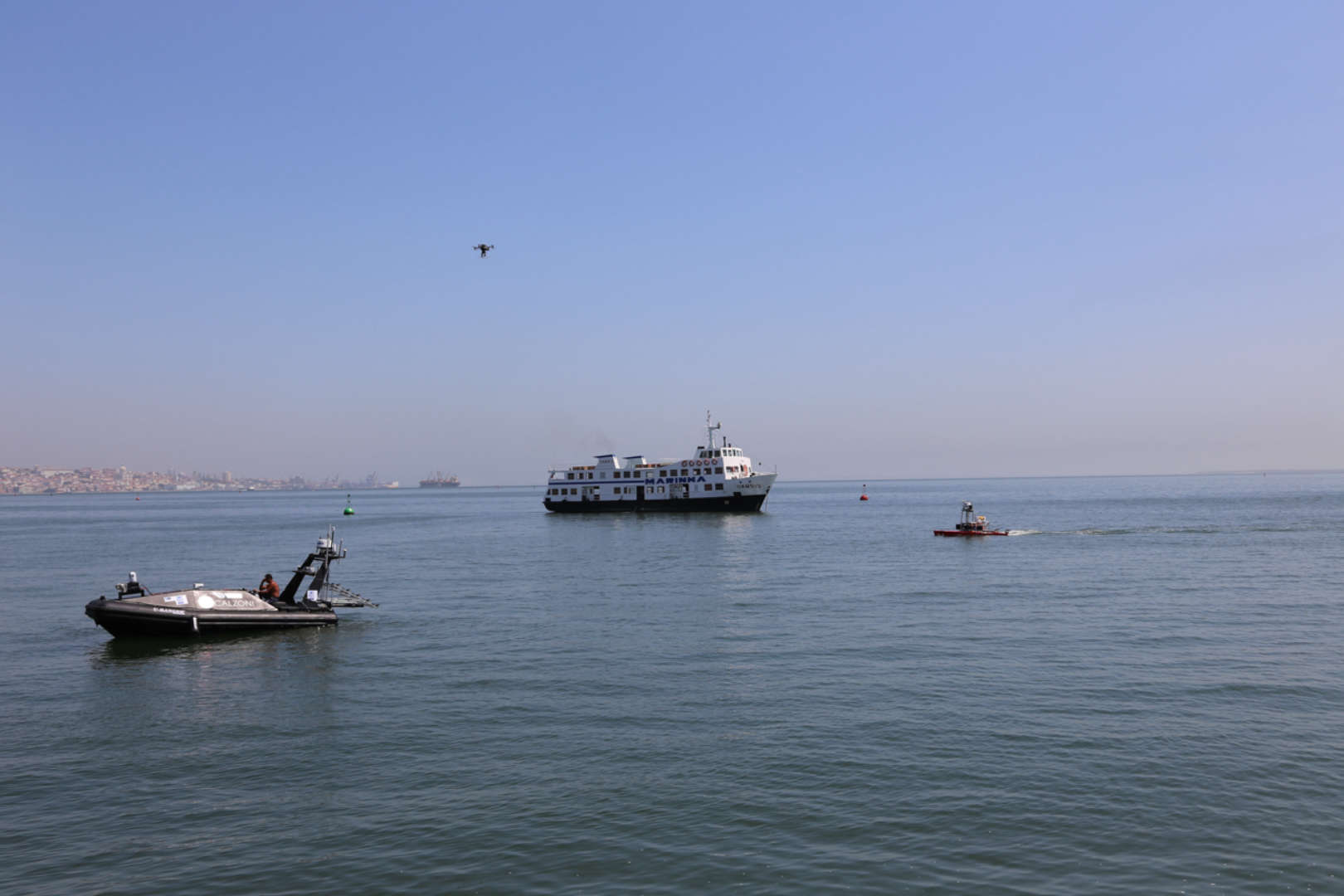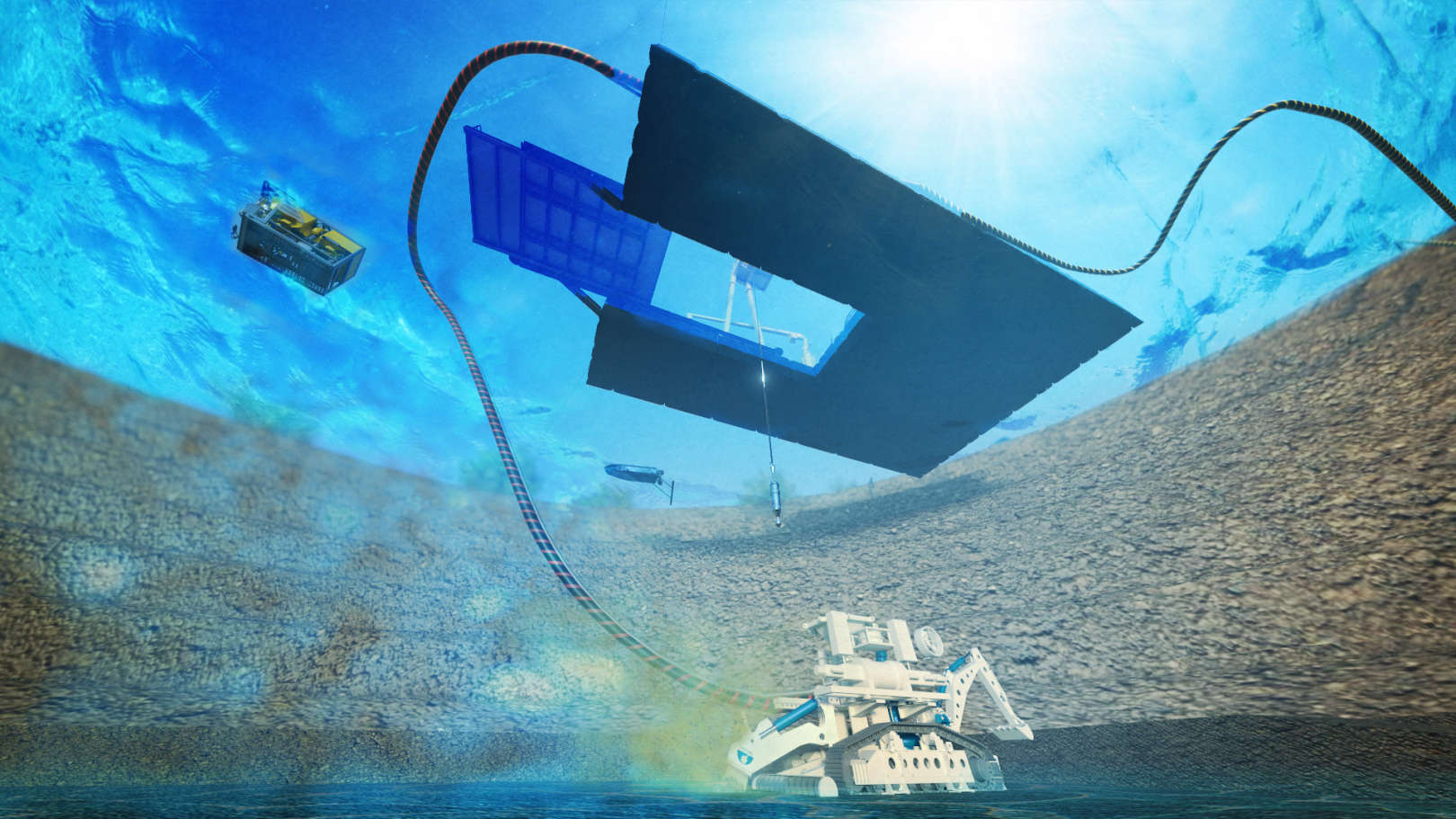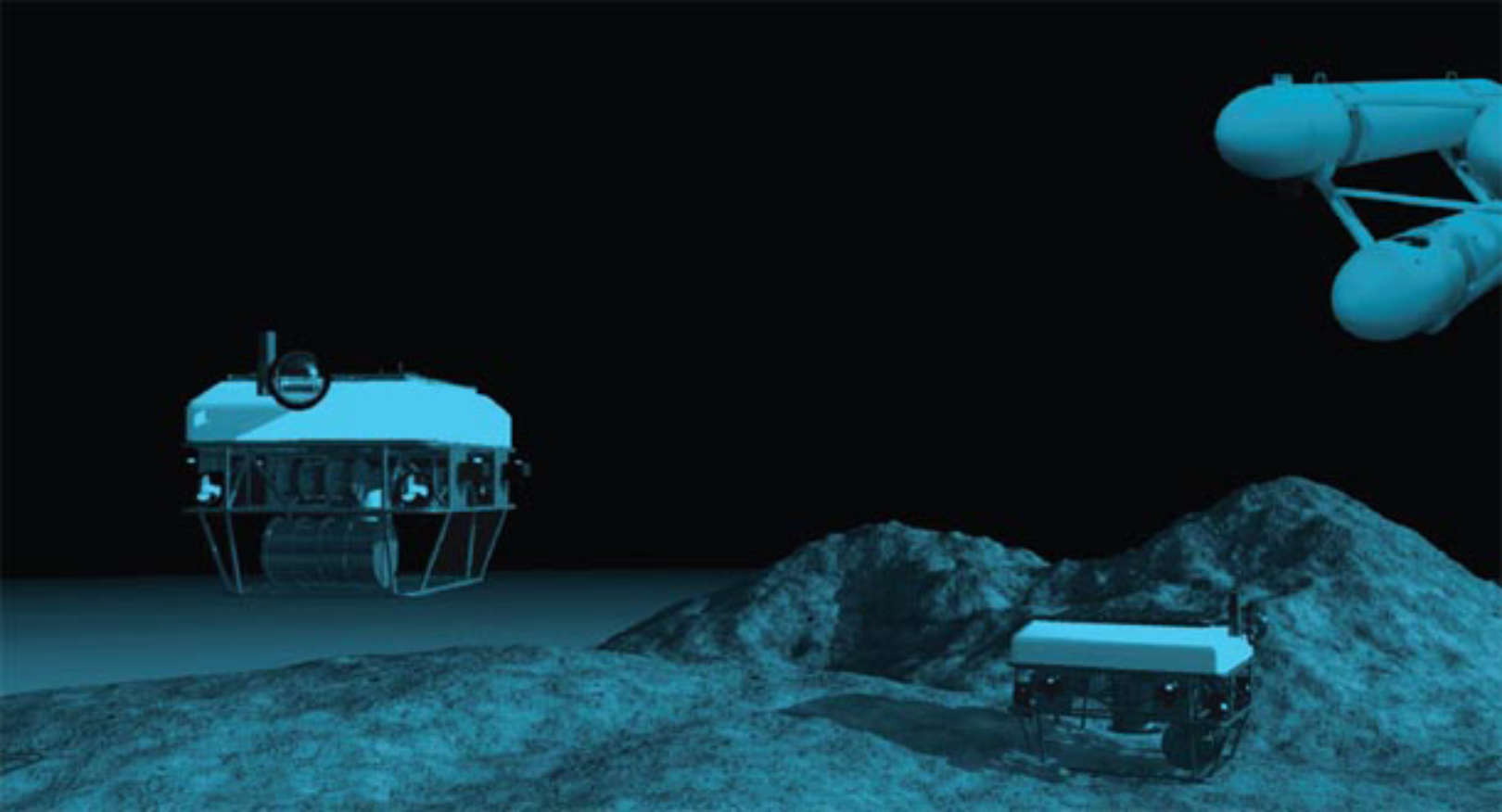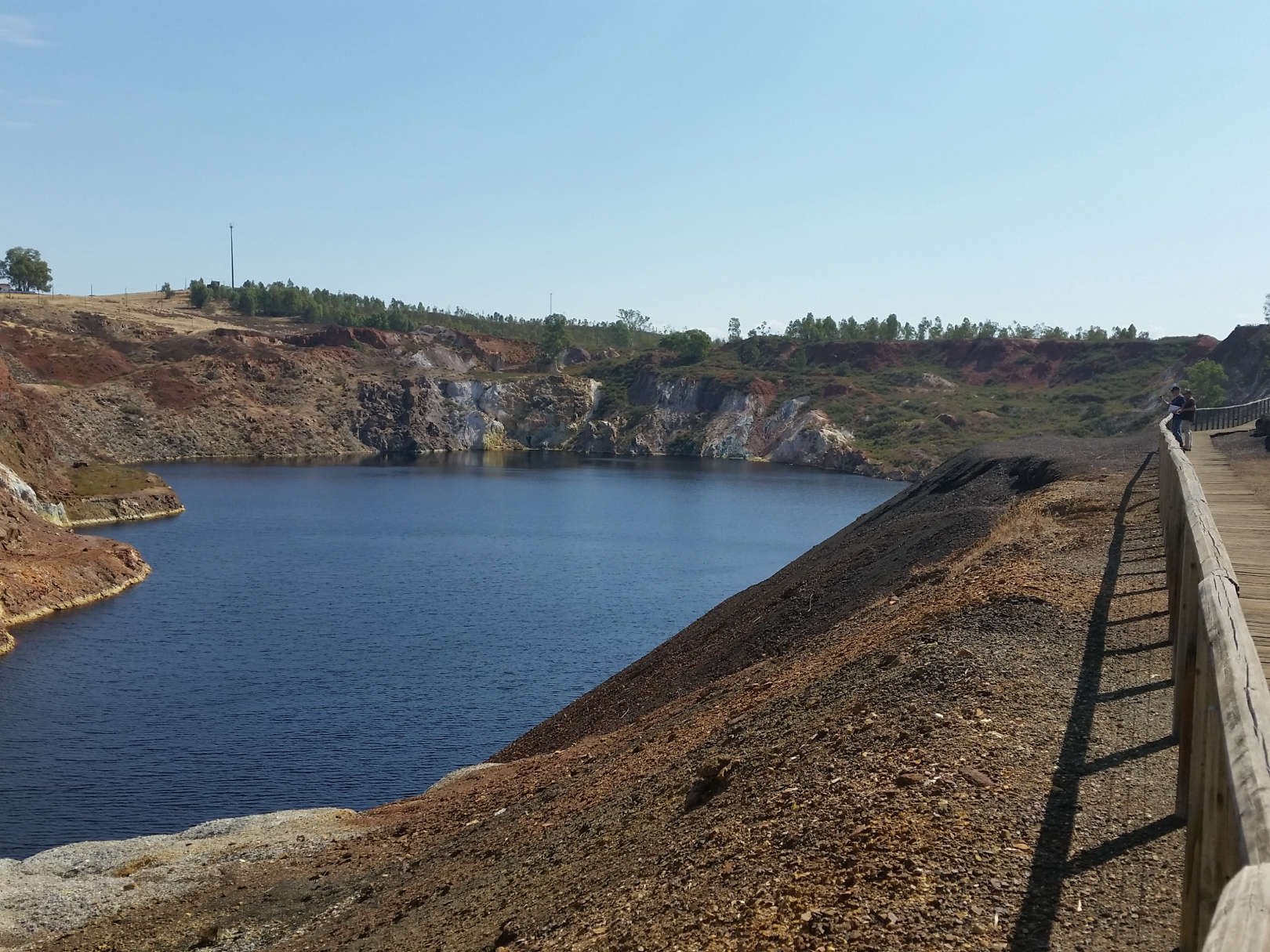Sobre
Nasci no Porto em 1979. Completei os meus estudos de base (Licenciatura) em Engenharia Electrotecnica e de Computadores no ISEP em 2004. Em 2014 completei o Doutoramento em Electronica e Computadores no Instituto Superior Técnico. Actualmente exerco as funções de investigador sénior no INESC TEC, onde trabalho na área da robótica móvel em projectos de âmbito nacional e internacional. Sou autor e revisor de várias publicações com arbitragem cientifica no dominio da visão por computador para aplicações de robótica móvel.






